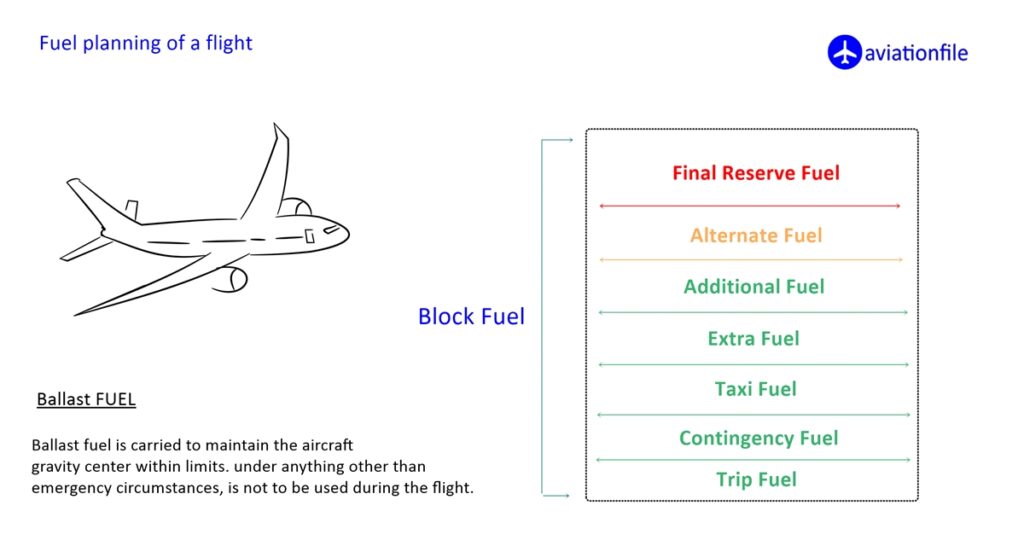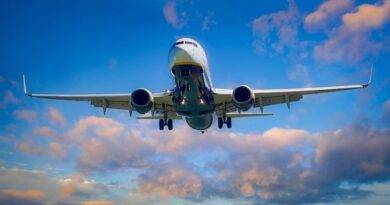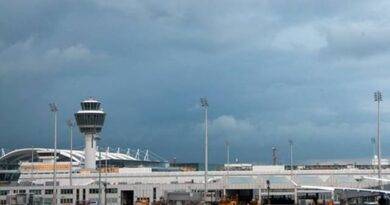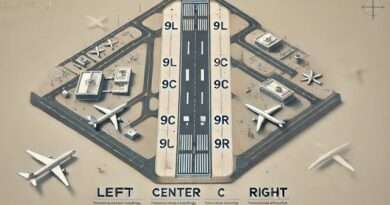Fuel Planning of a Flight
Imagine this: you’re a pilot, ready to take off. But before you soar through the skies, there’s one critical step – fuel planning. It’s the process of calculating the exact amount of fuel needed for a safe and efficient flight. In general, it is believed that planes consume lots of fuel. And fairly that is true especially when you consider that one vehicle consumes that much fuel. On the other hand, a medium size A330-300 has a passenger capacity of 250 to 440. And when you consider the amount of fuel per passenger you will see that the amount is reasonable. Moreover, under some conditions travelling by plane is more efficient than by car (Click for fuel consumption comparison between a plane and a car Click.). Anyway…
In this article we will cover the amount of fuel planned for a flight on the preflight section. In different words how much fuel needed for a plane and how much fuel is loaded for a flight. You may think that there must be some extra amount for unexpected conditions and that is totally true.
Why is it important?
- Safety: Having enough fuel ensures you reach your destination and have reserves in case of unexpected situations.
- Efficiency: Carrying unnecessary fuel adds weight, increasing fuel burn and impacting flight performance.
- Cost: Fuel is expensive, so accurate planning saves money by avoiding over-fueling.
Come on let’s go further
When we call a flight it consists many sections. From beginning; starting up at the parking position, taxi to the runway holding point, take off roll, departure procedure, climbing to cruise level, start descend for approach to destination aerodrome, approach procedure, landing and taxi to the parking position again. That is a very brief summary of sections of a flight and that is a good scenario without unexpected situations. In terms of fuel consumption and fuel planning we may add some additional factors. Delays on taxi movements, delays before departure due to aerodrome ground related operations (traffic sequence, runway inspection…) especially in congested aerodromes, ATM related route changes, unavailable cruise level and etc. That is a flight which we may say that this is relatively a good scenario.
Moreover, unable to land to destination aerodrome (may include go around, touch and go movement) and diversion to alternate or holding over destination/alternate aerodrome are some more major factors which affect fuel consumption and planning in preflight section. We may add the extra ground movement for de-icing operation on the ground when needed in bad weather conditions.
As you see there are many factors which may affect fuel planning of a flight.
What factors are considered?
- Trip details: Distance, route, planned altitude, and weather conditions.
- Aircraft performance: Fuel consumption rate at different speeds and altitudes.
- Passenger and cargo weight: More weight means more fuel is needed.
- Contingencies: Fuel for holding patterns, diversions, and alternate airports.
- Regulations: Minimum fuel requirements set by aviation authorities.
Let’s continue with fuel planning and definitions.

Trip Fuel
Firstly, trip fuel is; the fuel used from takeoff, climb, cruise flight, descent, approach and until touchdown of destination aerodrome.
Contingency Fuel
On this point the contingency fuel comes to mind in case of bad weather, ATM related extra movements, flight level variations. According to ICAO Annex 6, the recommended minimum contingency fuel is the greater of 5% of the trip fuel or 5 minutes holding consumption at 1500′ above destination airfield elevation computed based on calculated arrival weight. However, some authorities have changed the requirement and decreased/increased the amount of contingency fuel.
Alternate Fuel
Alternate fuel is the amount of fuel needed from the missed approach point at the destination aerodrome until the landing at the alternate aerodrome. It includes go around, climb procedures reaching cruise altitude, descent and approach to alternate aerodrome until touchdown of alternate aerodrome. Keep in mind that some authorities request two alternate aerodromes.
Final Reserve Fuel – Holding Fuel
Final reserve fuel is the fuel required to fly for 30 minutes at 1,500 feet above the alternate aerodrome or, if an alternate is not required, at the destination aerodrome at holding speed in ISA conditions. Some authorities require 45 minutes of holding fuel under ISA conditions.
Taxi Fuel
Taxi fuel is the fuel used prior to take-off and must include APU consumption before start, engine start and taxi fuel. It is usually a fixed quantity for average taxi duration. All ground related factors like de-icing, taxi delays, meteorology, runway in use and etc. must be taken into consideration.
Extra Fuel
Extra fuel is the amount of fuel added under captain pilot discretion. Commander of the plane may ask for extra fuel after considering all the possible scenarios and variables for the planned flight.
Additional Fuel
Additional fuel is fuel which is added to comply with a specific regulatory or company requirement. Examples include fuel for technical deficiencies such as engine failure or loss of pressurization, ETOPS fuel, fuel required for a remote or island destination where no alternate is available.
Ballast Fuel
Ballast fuel is sometimes carried to maintain the aircraft gravity center within limits. In certain aeroplanes, a zero fuel weight above a defined threshold requires a minimum amount of fuel to be carried in the wings through all phases of flight to prevent excessive wing bending. In both cases, this fuel is considered ballast and under anything other than emergency circumstances, is not to be used during the flight.
Finally, here comes the Block Fuel term.
Block Fuel
Block fuel is the total amount of fuel required for the flight and is the sum of the Taxi fuel, the Trip fuel, the Contingency fuel, the Alternate fuel, the Final Reserve fuel, the Additional fuel and any Extra fuel (Ballast fuel…) carried.
As you see there are many factors effecting fuel planning before flight phases. Captain pilot and the dispatcher of the flight has the responsibility on that matter and as described in Extra fuel. Captain of the flight has the option to request for extra fuel. On the other hand, more fuel brings more weight and that means more consumption to plane due to weight. There is a counter relation between weight and consumption.
I hope that the article helps you to build a frame about fuel planning in brief.
Farewell…
References and Further Reading:
- SKYbrary Aviation Safety: Fuel – Preflight Planning: https://skybrary.aero/articles/fuel-preflight-planning
- Fuel Planner: http://fuelplanner.com/ (Advanced flight simulation tool)
- ForeFlight: https://foreflight.com/support/video-library/watch/?list=performance (Flight planning software with fuel planning features)
for more articles click.


